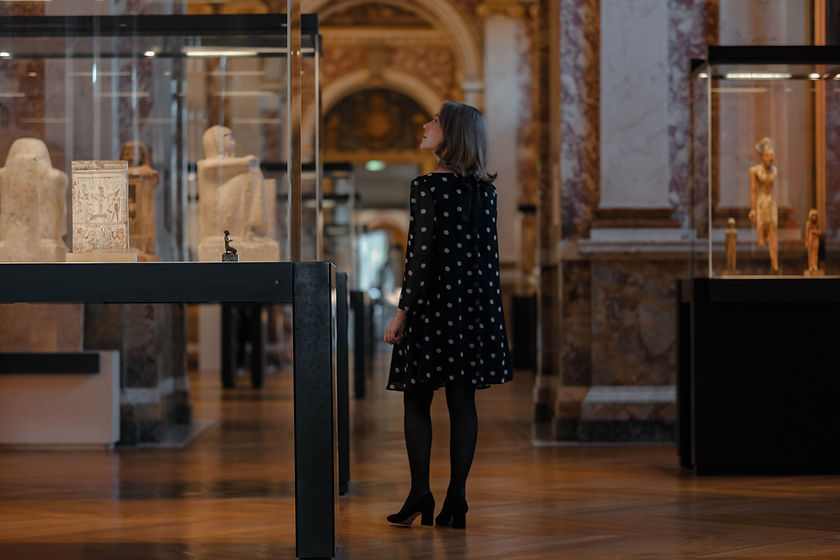top of page

Making ethics conversations accessible
with Dr Angela Stienne
One hundred stories.
One hundred viewpoints.
One common question:
How can we talk emotionally about human remains in museums?
Since 2017, Mummy Stories is the first digital platform to invite individuals, researchers, and museum professionals to share their experiences with human remains in museums - on display, in storage, as visitors, as curators, as researchers. Mummy Stories began as a space for dialogue - the first of its kind - and has grown into an international community rethinking how we see, speak of, and care for the dead on display.
Through personal stories, articles, podcasts, workshops, and consulting, Mummy Stories brings emotions back into museum spaces.
Welcome to a conversation about being human.

bottom of page
